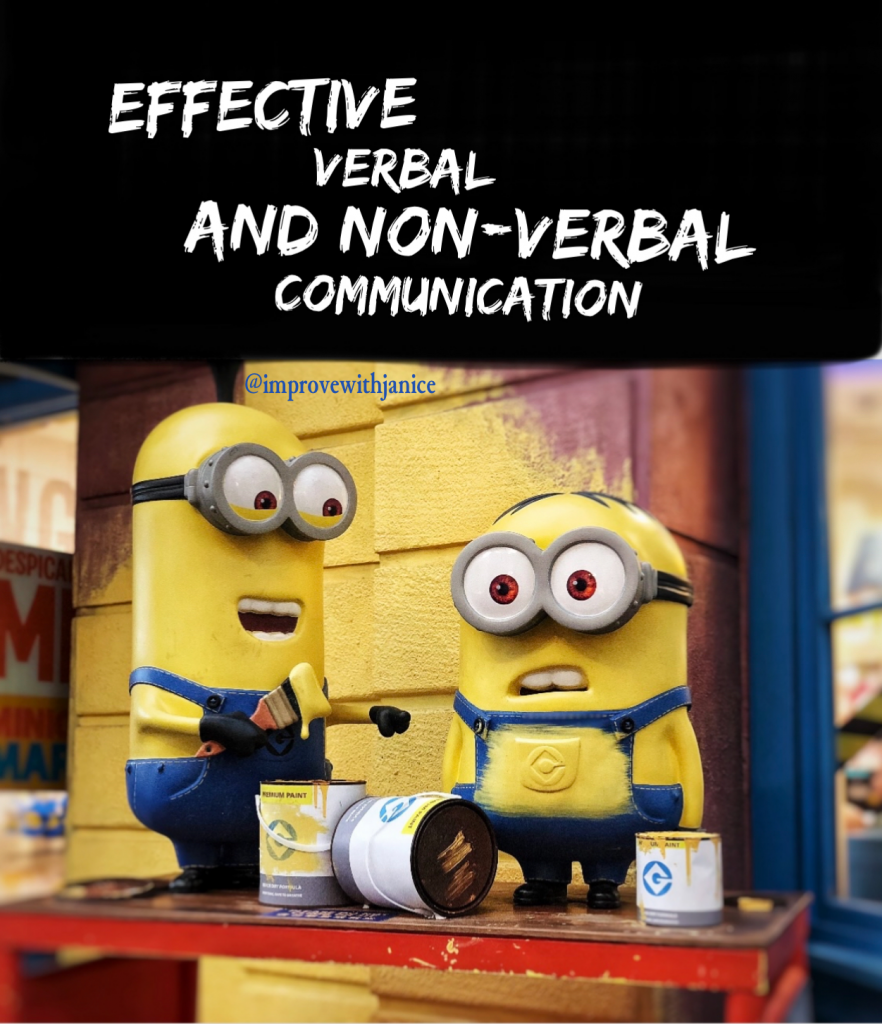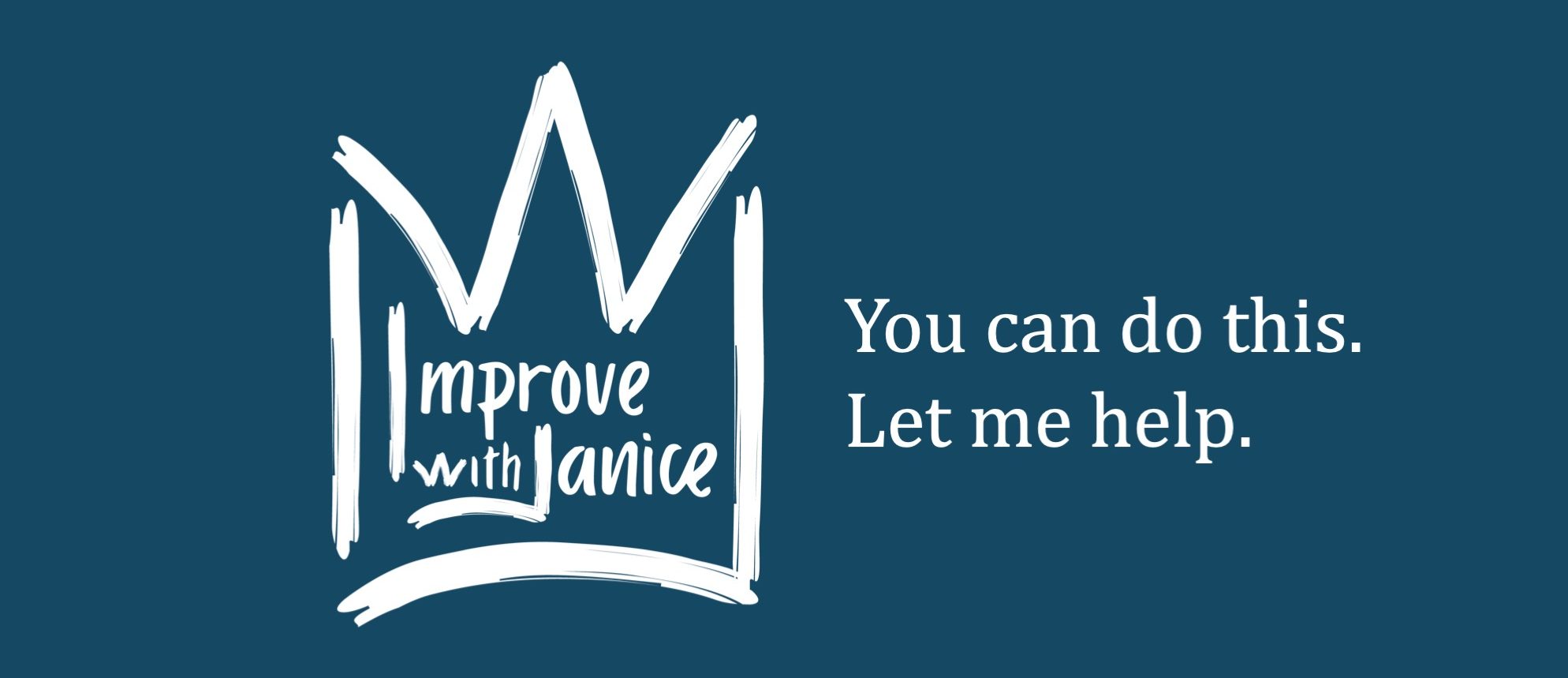A quick exercise:
The phone rings once before a soft-spoken woman picks up. With a hushed slow pace, the flat voice almost hisses, “I’m glad you finally called. I wasn’t sure if I would hear from you before next week. It’s been insufferable here.” What do you say next?
What about now?
The phone rings once before an energetic-sounding woman picks up. With a sing-song playfulness, the voice sputters excitedly “I’m glad you fiiiiiiinally called. I wasn’t sure if I would hear from you before next week!!! It’s been low-key rough ‘round here.” What differences would you expect from this conversation?
While the starting scenario is similar, based on certain verbal cues—such as tone, speed, volume, vocabulary—we naturally fill in blanks and forecast how the interaction may proceed. We make judgments, often unconsciously, about the other person as well as how we feel in the conversation.

While there are fewer verbal signals, there are numerous non-verbal cues one can give off when communicating with someone.
Take the 1st scenario with the quiet woman, but instead of answering a call she is opening a front door.
What if the quiet woman A) is dressed formally, buttoned up, with a stoic face, standing in the doorway without motioning for you to enter. She appears inconvenienced and perhaps a bit irritated at your arrival. It is already dark outside and porch light was off when you arrived. You are an estranged family member arriving late to a funeral.
What if the same quiet woman B) answers with a sleeping baby in her arms. She appears tired, disheveled, and worried the baby may wake with noise from conversation. She quickly motions with her head for you to enter and make your way to the living room and flashes a thankful grin. You are a recommended nanny coming for a job interview earlier at her request so she can have help sooner.
Including non-verbal, context clues changes the experience completely. Non-verbal cues provide the majority of communication and gives additional insight. Classifications for non-verbal clues include:
1. Physical Appearance: attire, hairstyle, appears kept vs unkept
2. Paralinguistics (meaning vocalics): inflection/upspeaking, vocal fry, accent
3. Body Movement: leaning toward/away, rigid/relaxed
4. Gestures: using hands, arms, fingers
5. Posture: upright with erect posture, closed and shrinking appearance
6. Facial Expression: signaling happiness, fear, anger, unengaged
7. Eye Contact: direct vs darting, blink speed, tears
8. Proxemics (meaning interpersonal space; close talker?)
9. Haptics (meaning touch): hand on the shoulder, holding, elbow jabbing to signify jesting
10. Chronemics (Time): time and cultural context
11. Artifacts: accessories such as jewelry, tattoos, items in tow
12. Environment (Context): location-based clues such as conversations in an office setting vs over a casual drink
The next time you are trying to embody a certain role, such as confident team leader or a supportive partner, consider the verbal and non-verbal aspects of communication to better ensure your exchange matches your intended message. Life coaching can help you build such skills and practice modifications that work for you.
